Driving Up Costs
In the last few decades, the automotive industry has seen remarkable advancements in technology, safety, and fuel efficiency. However, these improvements come with a steep price increase when compared to the cars of the past. This significant rise in vehicle costs has a direct impact on consumer purchasing behavior, particularly in periods of economic uncertainty or downturn.
The automotive market is sensitive to economic cycles, and during times of contraction, consumers tend to prioritize essential spending, often opting for used vehicles or extending the life of their current cars rather than investing in new, more expensive models. This trend not only impacts personal finances but also raises questions about the sustainability of current automotive market pricing strategies.
By examining the cost of the top 10 most popular car models today and comparing them to their prices in 1984, adjusted for inflation, it becomes evident that the price of owning a car has surged beyond mere inflationary increases. This raises an important question: Are these price increases justified, or are they simply too high?
10. Nissan Altima
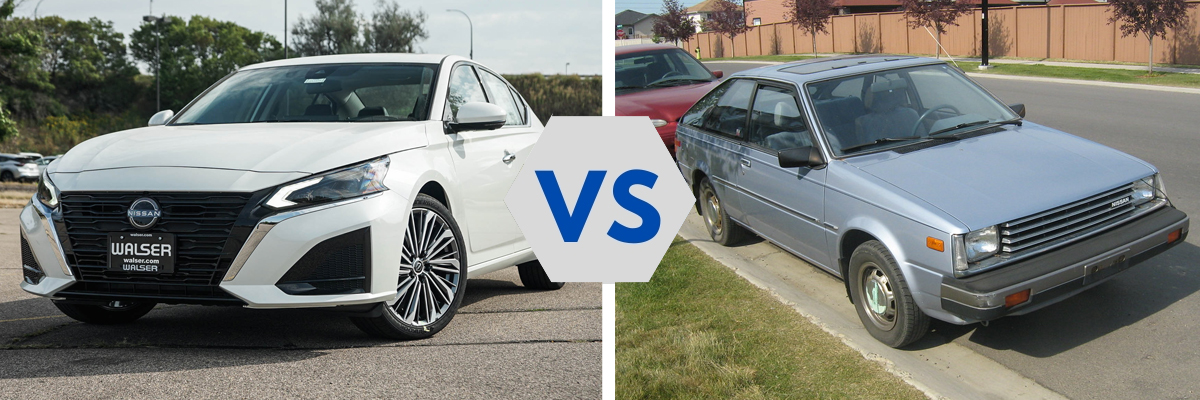
Back in 1984, you could snag a brand-new Nissan Stanza (the Altima's stylish ancestor) for about $7,800. In today’s money, that’s roughly $20,000—a nice round figure that wouldn't make your wallet tremble in fear. Fast forward to today, and the Nissan Altima slaps a price tag of about $27,000 on the windshield. Yes, inflation is partly to blame for this jump, but it seems that Nissan took the term “value-added” and ran with it, surpassing simple inflationary adjustments in the process.
Sure, today’s Altima comes loaded with all sorts of bells and whistles that the 1984 Stanza could only dream of, but one has to wonder if all these modern enhancements are enough to justify the sticker shock. While these advancements certainly enhance comfort and safety, the price maybe a bit more than what you bargained for, potentially putting new cars like the Nissan Altima beyond the reach of average consumers, especially in a strained economy.
9. Ford Escape
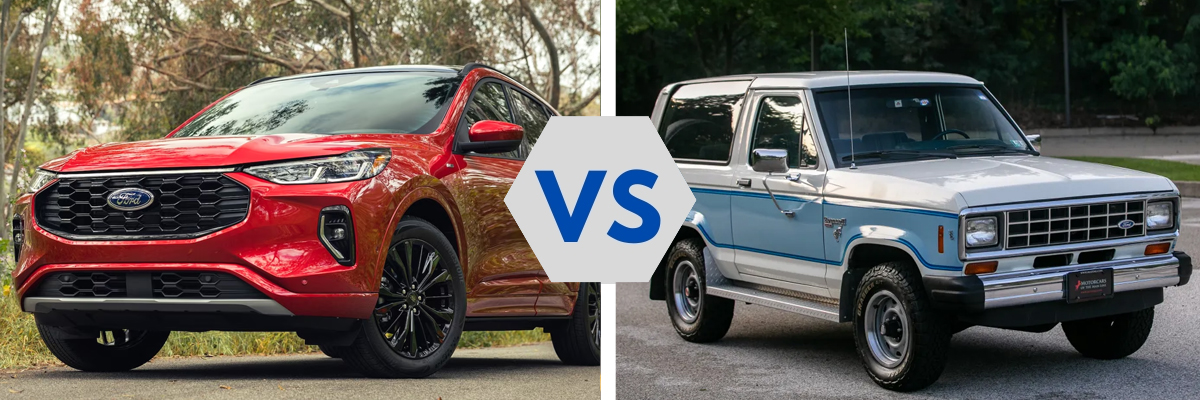
Back in 1984, the Ford Escape was just a twinkle in Ford's eye, with its rough-and-ready ancestor, the Bronco II, prowling the roads with a price tag that read around $12,000. Fast forward to today, and stepping into a brand-new Escape will make your bank account $26,000 lighter. In today's dollars, that old Bronco II would cost about $31,000, meaning the Escape has actually managed to sneak under the inflation radar, playing a game of financial limbo. "How low can you go?"
Is the price surge justified? Well, considering the Ford Escape has morphed from the Bronco II's rugged charm to a sleek, tech-savvy SUV shows that vehicles like the Escape have somewhat bucked the trend by offering more vehicle for a relatively lower inflation-adjusted price. So, while the price tag hasn't soared as high as other modern vehicular behemoths, the Ford Escape offers a buffet of modern tech that could make even the most frugal spender nod appreciatively.
8. Chevrolet Malibu
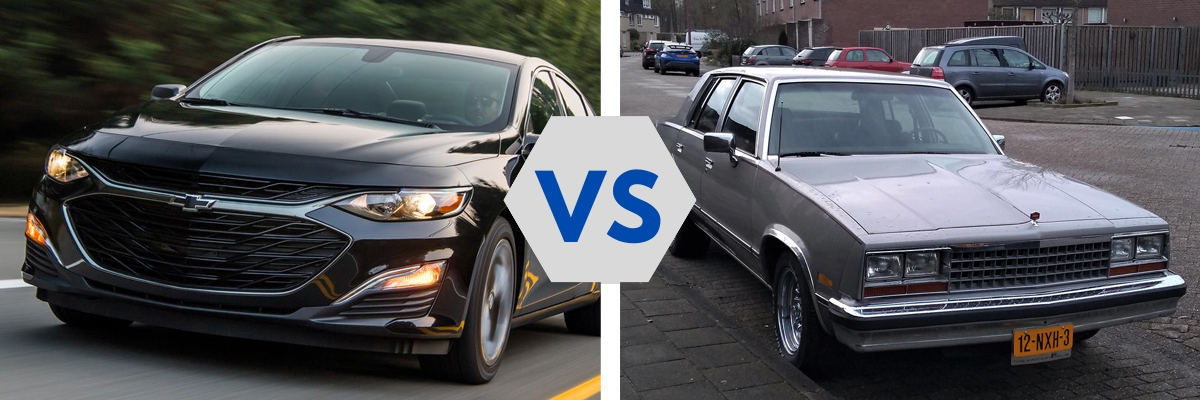
Back in 1984, if you wanted to get behind the wheel of a brand-new Chevrolet Malibu, you’d only have to fork over about $8,000. Adjust that figure for inflation, and you're looking at around $20,500 in today's money. Fast forward to the present, and the Malibu demands a heftier tribute of about $24,000 to grace your driveway. It seems the Malibu has been hitting the gym over the decades, bulking up with tech and trimmings that have nudged its price tag upwards, sneaking past inflation like a burglar in the night.
Is this financial flexing justified? Perhaps. Today’s Malibu is no bare-bones operation—it’s packed with enough technological gadgets that could make the Starship Enterprise look under-equipped. Yes, the price has gone up, but so has the living standard inside those four doors. If the old Malibu was just a car, the new Malibu aims to be a rolling testament to modern comfort and connectivity, which might just be worth the extra dollars.
7. Toyota Corolla
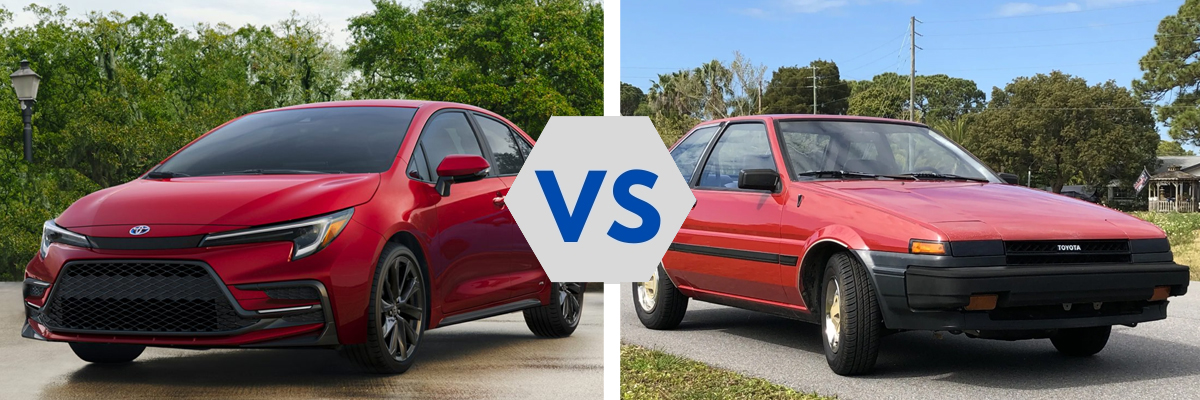
If you fancied a Toyota Corolla in 1984, you could waltz into a dealership with $6,400 and drive away without your wallet breaking a sweat. Fast-forward to today, and you'll need around $20,000 to get behind the wheel of a new Corolla. Adjusting the old price tag for inflation brings us to about $16,500, meaning today's Corolla has not only kept pace with inflation but has decided to sprint a few extra laps around the economic track.
So, is the extra outlay for today’s Corolla justified, or is it a case of automotive economic overreach? Well, if you compared the Corolla's price increases to competitors in the same segment, such as the Honda Civic or the Hyundai Elantra, the Corolla often comes in at a higher price point for similar features. This can make the Corolla seem overpriced for what is fundamentally a compact economy car, traditionally known for affordability and practicality.
While there’s no denying the modern Corolla is packed with advanced technologies and safety features that were not present in earlier models, one could argue that many of these features also contribute to an overall increase in vehicle cost without a proportional increase in core value or utility. The economic argument is that while the car has evolved, so have the economic conditions of buyers, who may not see the additional cost as justifiable for their transportation needs. However, another counterargument could be that the price surge is somewhat warranted when you consider that you’re no longer just buying a car—you're investing in a piece of cutting-edge technology that can almost make a morning commute bearable. Almost.
6. Honda Accord
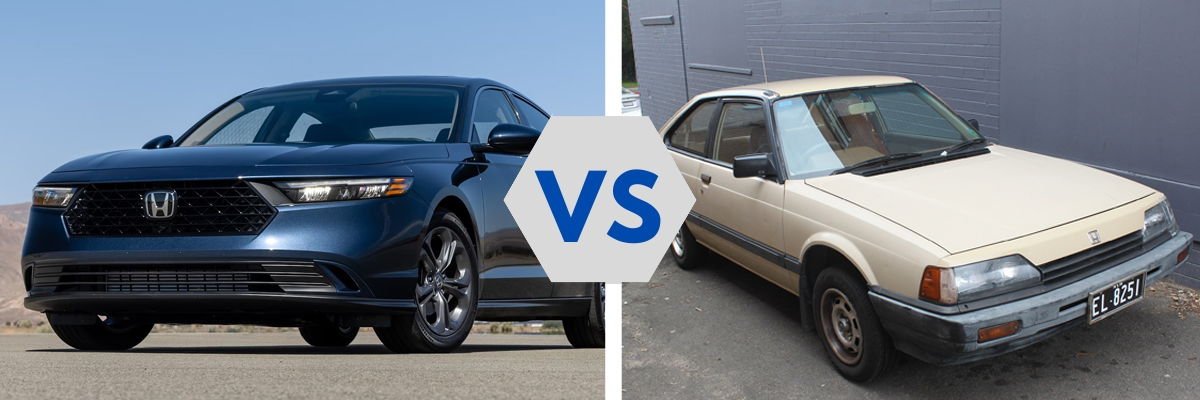
Snagging a brand-new Honda Accord in 1984 felt like stealing candy from a baby—ethically questionable but financially delightful. At about $8,500, this was the steal of the century, or at least it seemed so at the time. Fast-forward to today, and the starting price of a Honda Accord hovers around $25,000. Adjusted for inflation, the price of the 1984 model would be around $22,000 in today's dollars. This might not seem like a huge leap over the inflation-adjusted price, but let's be real, that extra $3,000 feels like a significant financial strain on consumers during already challenging economic times.
The modern Honda Accord is undoubtedly more advanced than its predecessors, but for the average Joe who just wants a reliable and comfortable ride, the Accord’s price might just spark a nostalgic longing for the simpler, cheaper days of the straightforward '80s models. The question then arises: are consumers being forced to pay for high-tech enhancements that, while nice to have, are not essential? This could be seen as inflating the price beyond what is necessary for the basic utility of the car.
While the Honda Accord continues to offer value in terms of reliability and quality, the combination of a higher initial price tag, the economic impact of the pandemic, and ongoing supply chain issues can make it appear overpriced compared to both its historical pricing and its contemporaries in the mid-size sedan market. After all, all that tech is great, but can it replicate the charm of rolling down the windows manually while cruising down the highway? Probably not.
5. Honda Civic
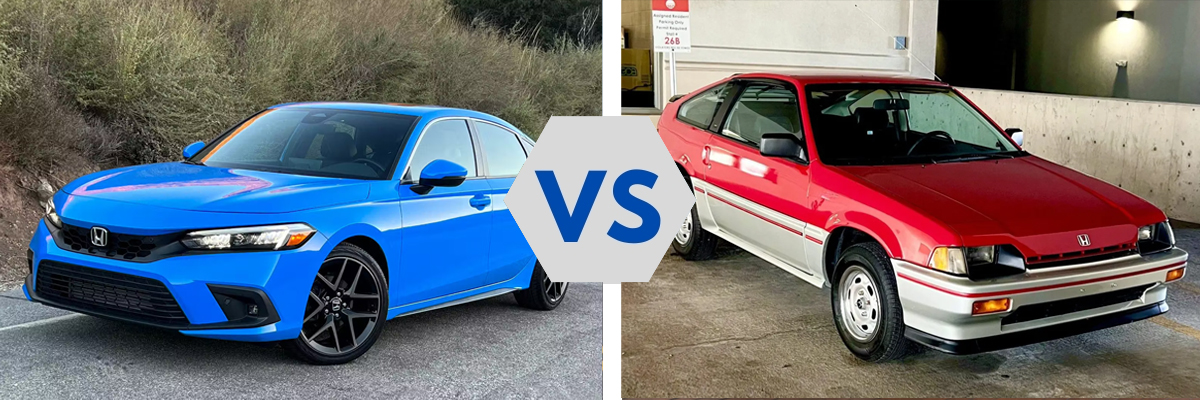
Back in 1984, a brand new Honda Civic would set you back around $6,500, a price so modest it almost felt like Honda was thanking you for driving off the lot with it. Fast forward to today, and you'll need to fork over at least $21,000 to get behind the wheel of a fresh Civic. If you're keeping score at home, that original price adjusts to about $18,500 with inflation.
Although the price has increased, Honda often offers attractive financing rates, lease deals, and incentives that make new Civics more accessible to a broader range of buyers. These financial incentives can significantly reduce the cost barrier, making the car more affordable than it appears at sticker price. In a competitive auto market, these financing options are crucial in maintaining the Civic’s popularity. Also, Civics generally maintain excellent resale value, which can offset the higher initial purchase price over the long term. Buyers consider this when purchasing a new Civic, knowing that they can recoup a significant portion of their investment if they decide to sell the car in the future.
Honda has built a formidable reputation over the decades for reliability and durability, which continues to draw consumers to the Civic despite higher prices. This brand loyalty isn't just about nostalgia; it's backed by consistently high ratings in reliability and customer satisfaction surveys. These factors make the Civic a compelling choice for consumers, sustaining its high demand despite higher prices.
4. Toyota Camry
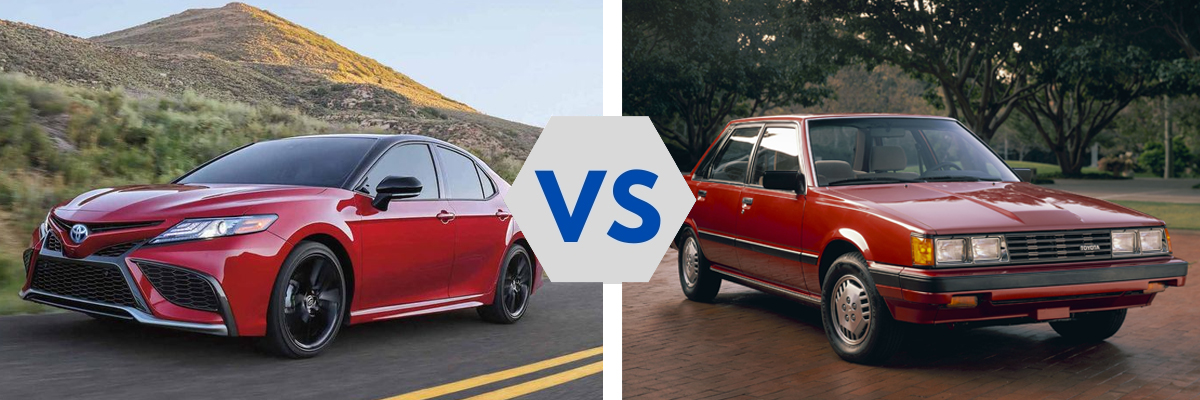
Back in 1984, snagging a brand new Toyota Camry could set you back around $8,000, an amount that today doesn't even cover all the optional extras on the latest model. Fast forward to today, and getting behind the wheel of a new Camry might require you to cough up about $25,000. If we let inflation do the talking, that $8,000 should have puffed up to around $21,000 in today's dollars.
Despite this, the Camry remains as popular as ever, leading us to wonder if it's running on reputation rather than value. The Toyota Camry continues to enjoy robust sales, a testament to the strength of consumer perception and brand loyalty. Toyota has cultivated a strong customer base over decades, built on the pillars of reliability and resale value. Many buyers are willing to pay a premium for a "sure thing," which the Camry represents.
In an economy where many are looking to maximize value and minimize risk, the Camry’s higher initial cost can be seen as investing in peace of mind, which Toyota has consistently delivered. This psychological comfort, knowing that their vehicle is unlikely to face frequent repairs or rapid depreciation, contributes significantly to its sustained popularity.
3. Dodge Ram 1500
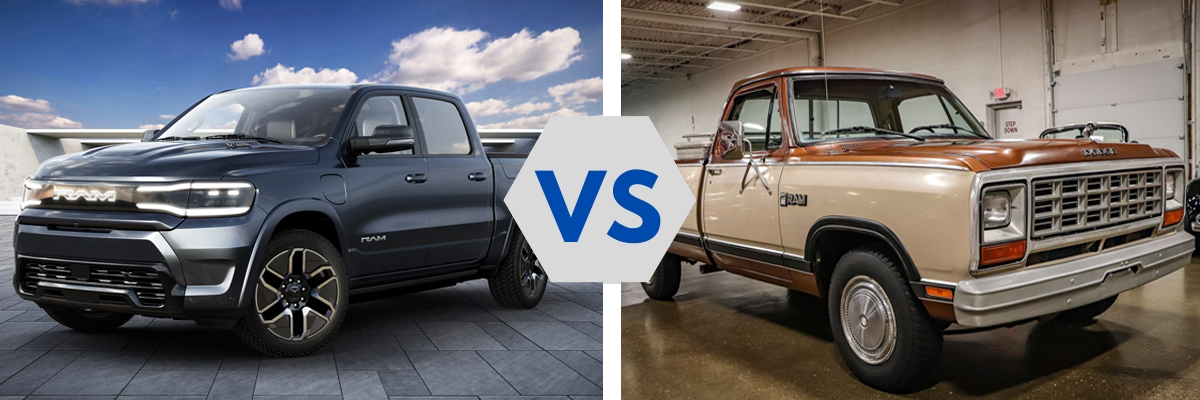
In 1984, the Dodge Ram was a utilitarian workhorse, devoid of many of the luxuries and advanced technologies found in modern trucks. The average price for a new Dodge Ram in 1984 was approximately $8,000. Fast forward to 2024, and the Dodge Ram has transformed into a high-tech, luxury vehicle with numerous configurations and options. The price range for a new Dodge Ram in 2024 typically starts around $36,000 for a base model and can exceed $70,000 for fully loaded, high-end versions such as the Ram 1500 Limited or TRX models.
This means that a Dodge Ram that cost $8,000 in 1984 would be roughly $23,730 today if we only consider inflation. The current starting price of $36,000 indicates that the modern Dodge Ram costs significantly more than just the inflation-adjusted 1984 model. The 1984 Dodge Ram was a straightforward, dependable truck that met the essential needs of many drivers without the added cost of modern luxuries. Therefore, while the modern Dodge Ram offers more in terms of features and performance, it may not be considered a necessary upgrade for everyone.
2. Chevrolet Silverado
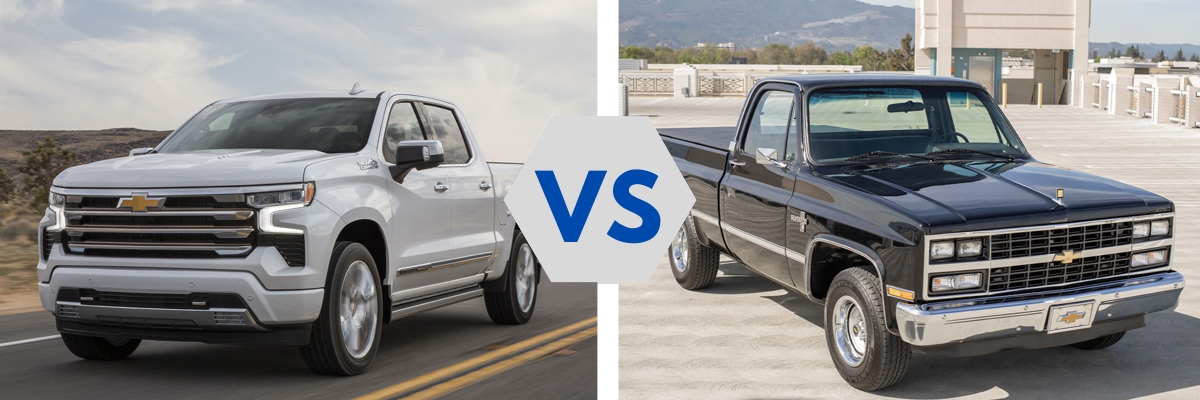
The price of a Chevy Silverado has soared since 1984, and it's easy to see why when you consider the transformation this vehicle has undergone. Back in 1984, the Silverado was a straightforward, no-nonsense truck, priced around $10,000. Fast forward to 2024, and a base model starts at approximately $36,000, with high-end trims exceeding $70,000. Despite the fierce competition, the Silverado holds its ground well, offering a blend of power, technology, and versatility that appeals to a broad spectrum of truck buyers.
If you value a well-rounded truck with strong performance and dependable reliability, the Silverado’s price is justifiable. It’s particularly favored for its towing capacity and the availability of various powertrain options, including a diesel variant. However, if your needs are more modest, you might find yourself longing for the simpler, more affordable trucks of yesteryear.
Not everyone needs a truck with a touchscreen bigger than their TV or enough towing power to pull a small planet. So while the Silverado's price may seem astronomical compared to 1984, it's a reflection of how much more you're getting—a blend of utility, luxury, and technology that can either seem like a dream come true or an unnecessary extravagance, depending on your perspective.
1. Ford F-150
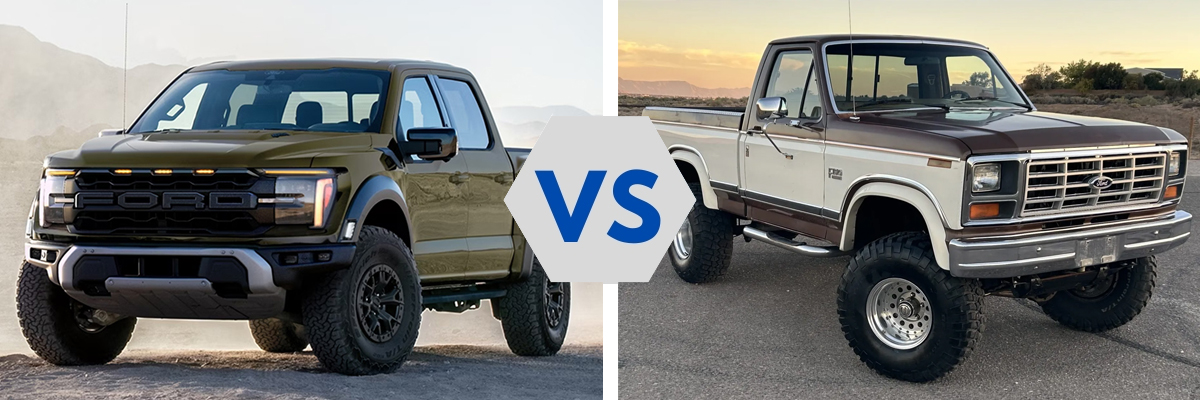
Finally, coming in at number one, the Ford F-150. Today’s F-150 is a marvel of modern engineering, offering capabilities that make it a top choice for both work and leisure. It boasts impressive towing and payload capacities, making it indispensable for many professionals. Back in 1984, you could roll off the lot in a new Ford F-150 for around $9,000. Fast forward to 2024, and a base model starts at approximately $35,000, with premium trims soaring past $80,000. This isn't just a story of inflation, though that certainly plays a part
Tighter emissions regulations have necessitated the development of more efficient, yet more expensive, engines. The investment in research and development to meet these demands and keep up with consumer expectations contributes significantly to the higher costs. The technology embedded in these trucks, from driver-assistance features to state-of-the-art infotainment systems, provides a level of comfort and convenience that turns the F-150 into a mobile office or a family adventure vehicle. For those who rely on their trucks for daily tasks and long-distance travel, the price can be justified by the utility, reliability, and advanced features that the modern F-150 provides.
While the advancements are impressive, they come with a price that might not align with the needs of all truck buyers. So, while the modern F-150 offers unparalleled versatility and capability, it’s worth ultimately depends on whether you value high-tech features and luxury in your workhorse. In the end, the soaring price is a reflection of how much the F-150 has evolved, catering to a broader range of demands but also raising the question of whether all those extras are truly essential for every buyer.